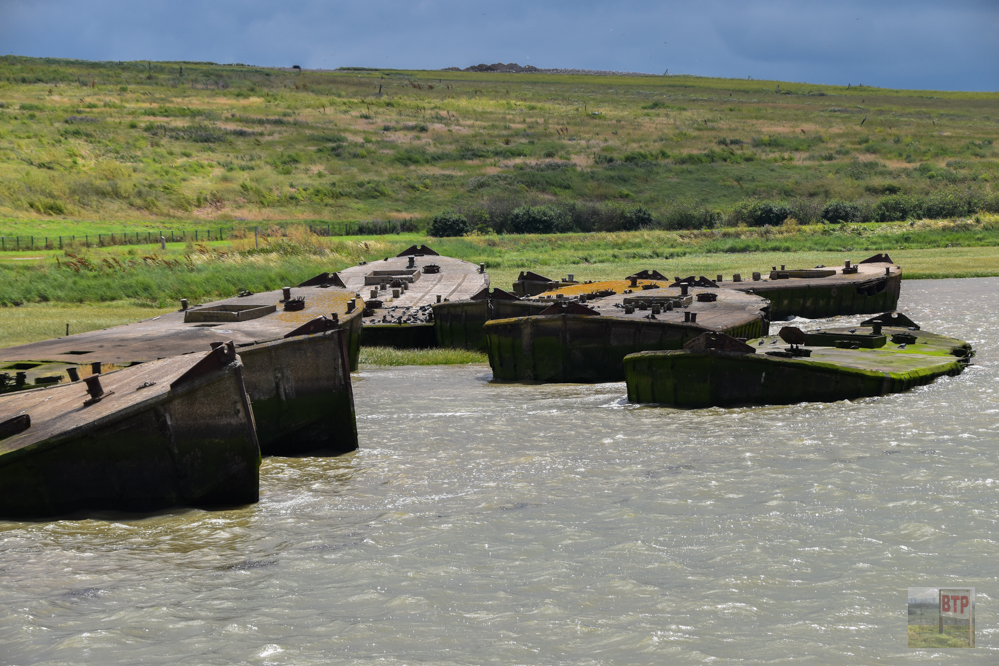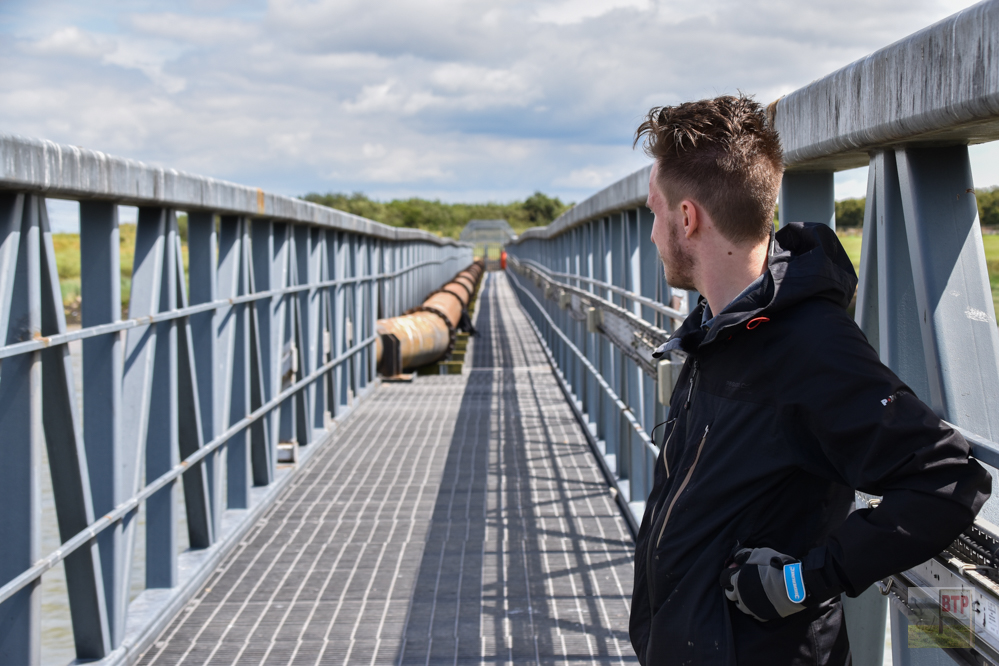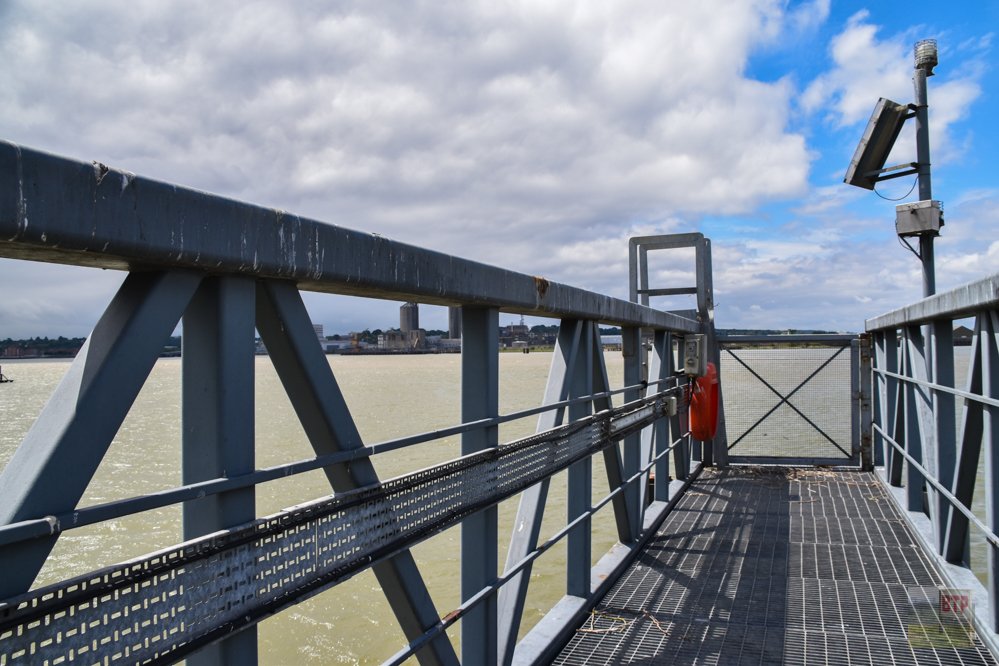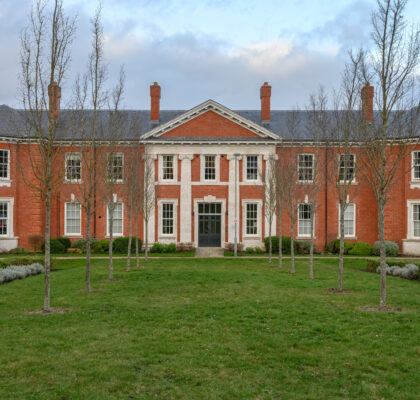
Left abandoned in Rainham, several concrete barges were placed here at Coldharbour Point as flood defences in 1953 and have formed part of the coastline ever since. Used primarily in the Second World War, these steel and concrete ships are also known as ferro cement barges, or FCB’s. Barges of these type were particularly important during the D-Day Normandy landings, where they were used as part of the Mulberry harbour defenses, with uses such as fuel and munitions transportation, blockships, and as floating pontoons. Visit them yourself; access is via the ‘Stone Barges’ carpark. Be careful as getting onto the barges requires walking through marshy silt which you can easily get stuck it. The barges are deceptively quite high, and hence bear in mind that the incoming tide will flood the ground around the barges before it even gets close to covering their tops. We didn’t get long to visit before the tide rushed in, and we were lucky to make it down from the barges in time. We also explored a nearby modern industrial jetty following a pipeline, jutting out into the Thames. It is interesting to note that the popular brand Tilda rice have a processing plant nearby which is quite visible, and you can see the silos which are full of rice!
Dave Kemp on Geograph explains about the barges:
These barges are made largely of concrete set in a steel framework. Contrary to what the Havering Council notice says nearby, I have found no evidence that they were used in connection with the D-Day landings or the construction of Mulberry harbours.
What we do know is that 200 were commissioned in 1940 to serve as petrol carrying barges (the so-called PB200s). They were engineered by Mouchel, and constructed by Wates (using pre-cast panels built by Marley). These same companies, along with others, performed similar roles for the Mulberry harbours. The barges weigh 160 tons and were constructed on the London dockside before being craned into the water by the giant PLA Goliath crane.
For some years after the War such barges were used for supplying fresh water to naval ships.
There is still some discussion about the origin and use of these barges and no account seems to be accepted as definitive. Were they, for example, ever actually used or weren’t they?
http://www.geograph.org.uk/photo/1022440


















“Barges of these type were particularly important during the D-Day Normandy landings, where they were used as part of the Mulberry harbour defenses, with uses such as fuel and munitions transportation, blockships, and as floating pontoons”. This has been debunked – https://thecretefleet.com/blog/f/posting-about-the-concrete-barges-heres-the-real-history?blogcategory=Myth+Buster
None of the concrete Petrol Barges ever went to Normandy and anyway, they were never part of Mulberry Harbours in any case. Three adapted concrete Open Lighters (FCBs) built at Barrow-in-Furness were used in the Mulberry pierhead trials on Solway Firth in Summer 1943, but were rejected in favour of Beetles to support the Whale roadway spans